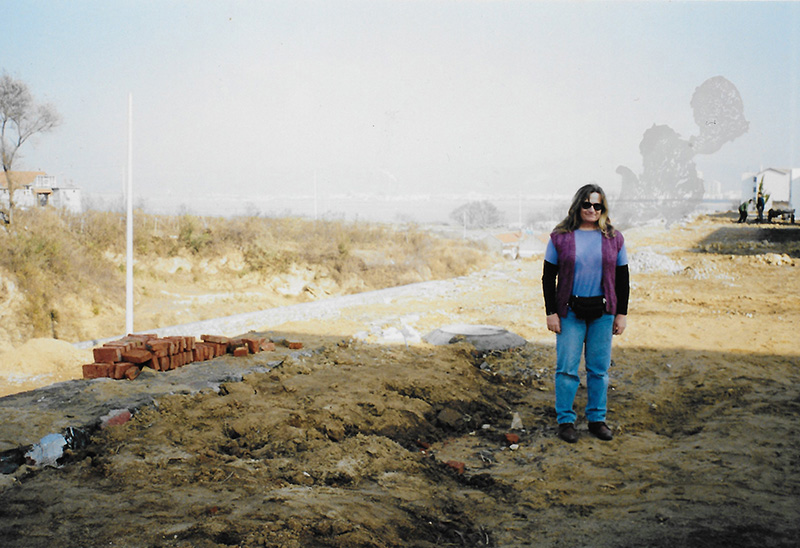
We spoke to Kayleen White, Technical Principal – Water Infrastructure, who is transitioning to retirement after an exceptional 40 plus years as a wastewater engineer. She is an inspiring example of how to find your passion and purpose in what you do, and shares insightful advice about how to have a sustainable, healthy career.
After stumbling across wastewater treatment in a public health subject as part of her civil engineering degree, Kayleen was captivated by the opportunity it presented to contribute to people’s quality of life. Whilst not a glamorous field, wastewater treatment and management is crucial to the health of our communities and has a direct impact on the advancement and overall wellbeing of our societies through sanitation, hygiene and minimisation of disease spread. It was a calling that Kayleen White was drawn to and has never looked back from, spending 40 years delivering some of Australia’s most important water and waste infrastructure projects, and driving innovation and thought leadership that is now leading the conversation on the role waste has to play for the circular economy and our renewable energy future.
A Service to the Community
Kayleen has always seen wastewater treatment as a form of community service.
“It’s not spectacular or given a lot of attention because most of the work we do is invisible – the pipes get buried, the treatment plants get built in areas that people don’t see much, but that doesn’t change the benefit for the community,” she says. “I don’t need everyone to know it was me behind those projects, I’m just proud of being able to provide that benefit.”
Kayleen’s drive to contribute to the community initially pulled her towards town planning, but an opportunity through a local Mackay engineering firm saw Kayleen offered a bond to complete a civil engineering degree in Brisbane, while being paid a wage by the company.
“The wage certainly made things easier, being a thousand kilometres from home,” she says. “I started my degree in January 1977 and finished my last exam in Brisbane in December 1980. It was a Thursday and I started work in Mackay the Monday after.”
From there, Kayleen’s career took her to regional areas throughout Queensland and Victoria as well as overseas. One of the key aspects she’s enjoyed about her career was working with communities in China, Vietnam, Thailand and Africa, delivering crucial water and wastewater treatment infrastructure.
Project wise, Kayleen says one of her career highlights was designing the Echuca Water Treatment Plant in 2002.
“I was involved in the preliminary feasibility, then the detailed design, onto construction, commissioning and operation. Over the period of seven years, I took the project from a ‘maybe’ right through to something that was built, operating and working effectively. It was magnificent and a very proud moment for me,” she says.
This project also allowed Kayleen the opportunity to introduce to the client and her company an emerging technology – the Upflow Anaerobic Sludge Blanket. The technology reduced the organic load in the wastewater system and didn’t consume a lot of electricity, which meant it saved an enormous amount of money for the community of Echuca and that whole region of Victoria, compared to traditional methods.
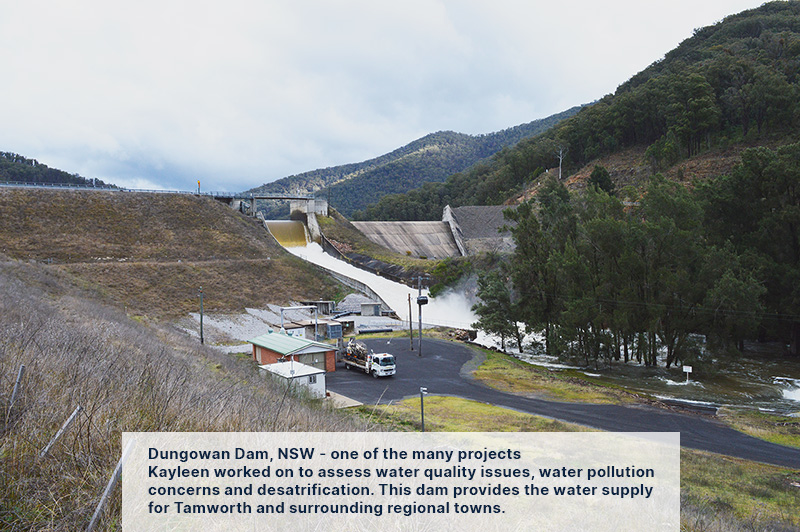
Being able to introduce the Upflow Anaerobic Sludge Blanket to this part of Australia was a great leap for industry operators of treatment plants. And the innovative approach didn’t go unrecognised, with Kayleen receiving a Personal Design Award for the National Association for Women in Construction in 2005 for her work on the project.
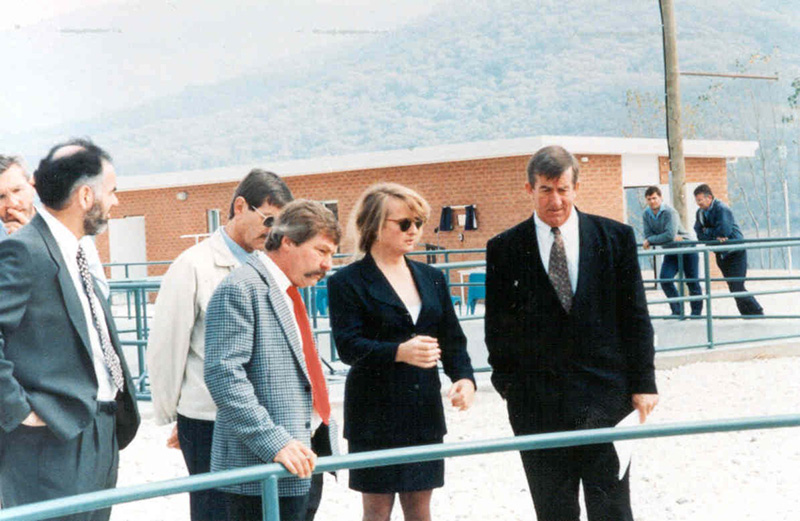
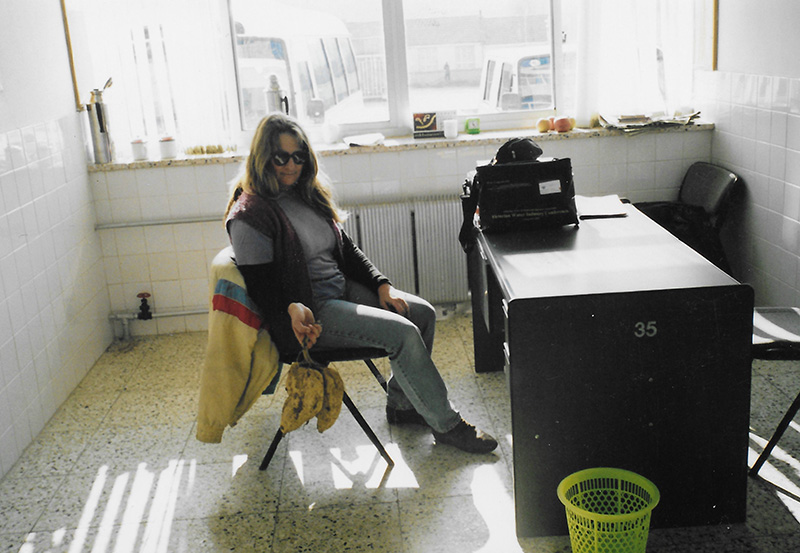
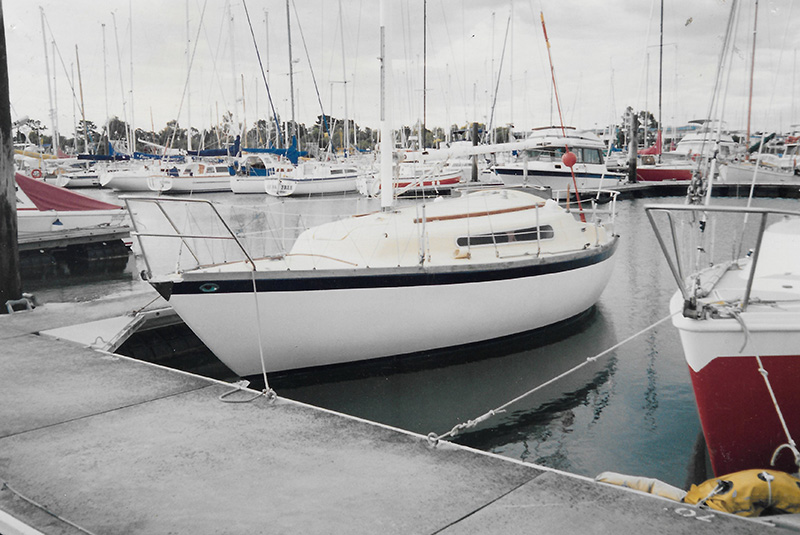
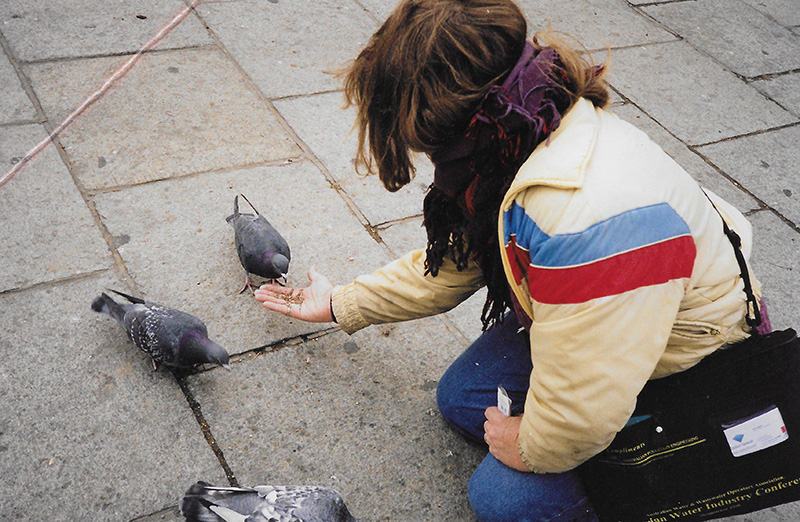
Images:
1. Official opening of Talbingo WwTP in 1995 – a 3 stage Bardenpho process provided by SMHEA.
Kayleen’s design was part of the hand over of the town services to Tumut Shire Council.
2. Site office for the new wastewater management plant project. This was located in a beautiful coastal town in the Shandong province – Weihai, China.
3. Fun fact: A keen sailor since she was 12, Kayleen lived her own boat for much of the 1990s. The boat was based in a marina, so she could use marina
facilities, but she also experimented with a grey water recycling system.
4. Kayleen exploring Weihai, China. Feeding the pigeons was a popular pastime for tourists and locals in this square.
The Circular Economy of Waste
Kayleen’s desire to contribute to community wellbeing meant she naturally started looking into sustainability early in her career and developed a passion for recycling waste.
“Recycling various forms of waste has been done for millennia, though not always successfully,” Kayleen says. “I’ve spent decades supporting the innovative use of sludge and biosolids and it’s great to see that not only people are now more open to the idea, but they’re seeing its potential in a circular economy and are investing and developing new ways of using sludge.”
Kayleen has been involved in trials for using sludge as a partial substitute for clay in brickmaking, as well as investigating how to manufacture oil from sludge, which she says has been refined over the years with technology and process improvements.
“We’re getting closer to that circular economy,” she says. “I reckon in about 40 years from now, every house in Australia will have its own little treatment plant that will generate fertiliser, drinking water and electricity. In a hint of what might be coming, you can actually grow bacteria which will generate an electric current from the organic matter in wastewater.”
Kayleen urges any young engineer who wants to be part of creating positive change against the climate crisis, to consider a career in wastewater treatment.
Maintaining a Fulfilling Life
In speaking with Kayleen, there is a sense of someone who thinks deeply, is incredibly passionate and has a generous heart. She has devoted much time and effort toward creating a more inclusive and diverse industry. She is an active member of the Water Industry Operators Association of Australia Inclusion and Diversity Group and was a founding member of SMEC’s Inclusion and Diversity committee. Kayleen has made an exceptional contribution by delivering new policies and initiatives and has helped develop these committees into mature bodies that can address a range of challenges and continue creating an inclusive industry.
“I’m very proud to hand over my involvement in these committees to the new people coming through. As I’ve gone through my career, there has obviously been enormous changes to technology, but there has also been changes to social attitudes and I am hopeful for the future.”
One thing Kayleen notes when looking back on her 40-year career, is just how fast-paced work is now with new technology and the impact this has had on people.
“I love emails and text messages because it’s so quick, but you still have to remember to allow people to think,” she says.
Kayleen found meditation to be an enormous benefit throughout her career and encourages early career professionals to learn as much as they can about self-care.
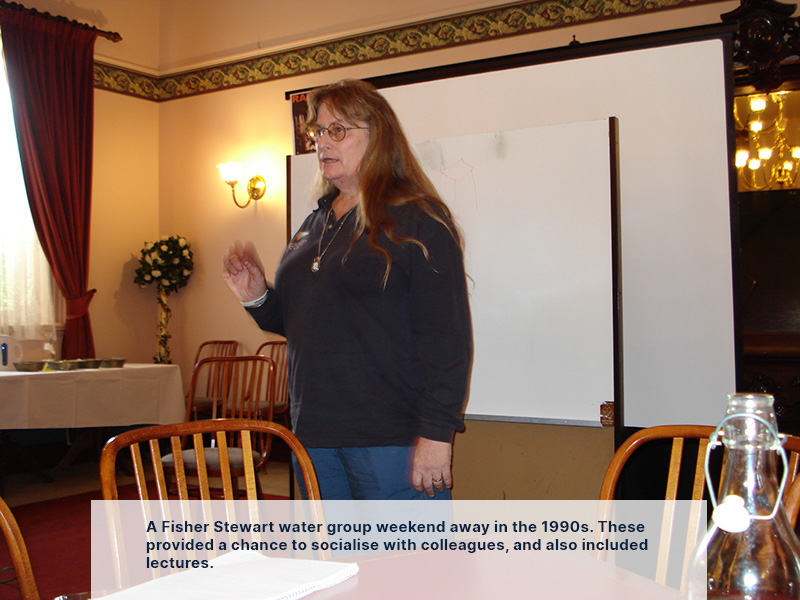
She recommends that young professionals maintain a fulfilling life outside of work, to have something to keep you motivated well into retirement. Kayleen’s always been passionate about sailing, and spent eight years living on a sloop rigged yacht in a marina south-east of Melbourne. She also advocates for changing up your career and taking on new possibilities, such as a new career or interesting projects overseas.
“Half a century is a long time to be doing the same thing,” she says. “So with the opportunity of choosing a new adventure at SMEC, I would encourage all young engineers to seriously consider it.”
The Legacy of a Spreadsheet
As she starts to wind down to retirement, Kayleen reflects on an exceptionally impactful, 40-year career.
“I’ve seen a lot of change,” she says. “I’ve witnessed some major restructuring of the water industry, which has led to improvement in the industry.”
Kayleen says in this stage of her career, she’s thoroughly enjoying the opportunity to pass on what she knows to anyone who will stop and listen.
“I’ve worked with some really outstanding young engineers, and there are some of the best in my team now that I’m spending time passing on what I know and helping them to develop. I can see them taking what I’ve done and developing it much further, which is how it should be,” she says.
Kayleen’s spreadsheet tools are an example. She has spent many years customising spreadsheets to provide more accurate data and results specific to lagoons. Already her team integrate the use of her spreadsheet sequences with industry programs and she is excited to see them further developed and improved on.
Those around Kayleen are incredibly lucky to have access to her experience, knowledge and insights into a long and successful career in engineering. We can all benefit from her poignant reminder to find your passion and purpose in work then pursue it in a way that makes the most of opportunities around you and complements your own sense of adventure, but that also prioritises looking after yourself.
Kayleen White has contributed tirelessly for over 14 years at SMEC. As she progresses to her retirement, we’d like to recognise her exceptional efforts that have positively impacted her peers, the industry and most of all the communities. We thank you for your service, Kayleen.
Related
insights
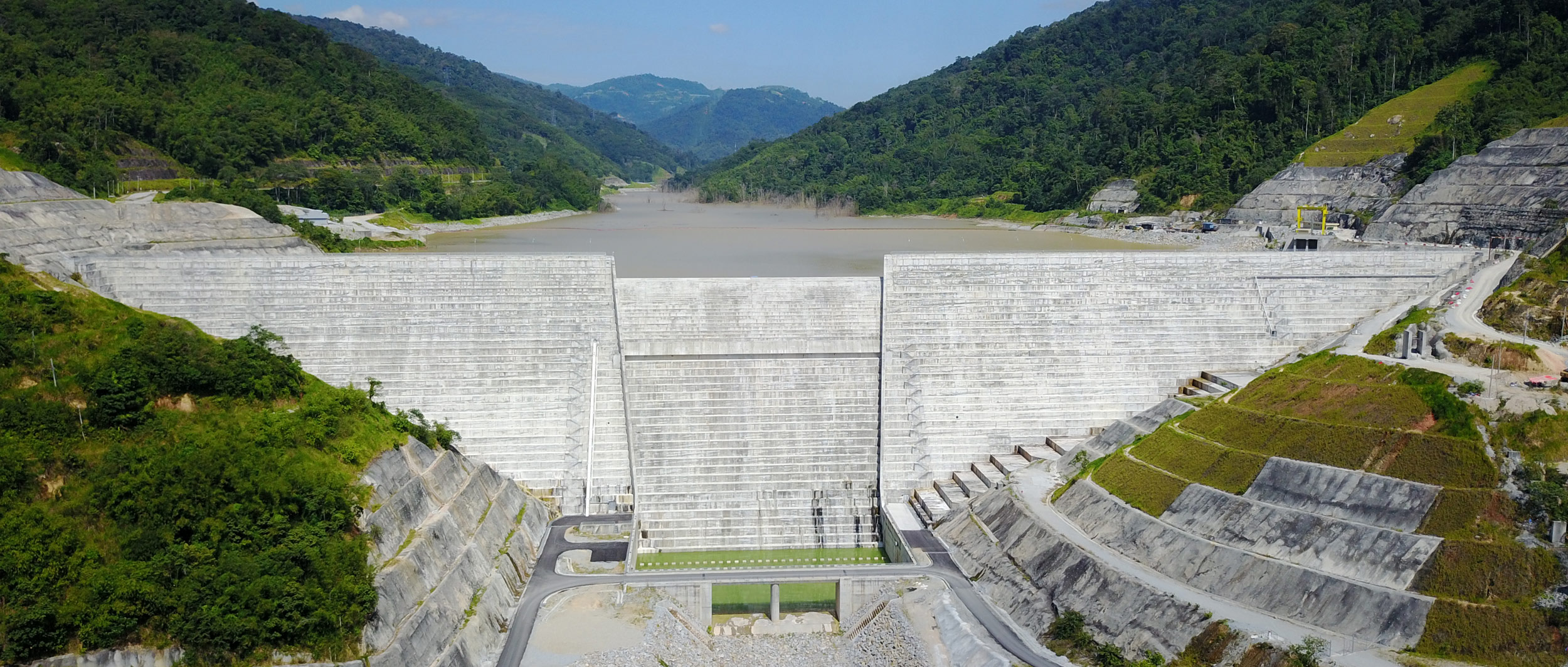 Engineering without borders
Engineering without borders
“I chose hydro and dam engineering as a career because it offered me the opportunity to be involved in projects which, I believe, make a long-lasting contribution to a society’s development, particularly in developing countries.”
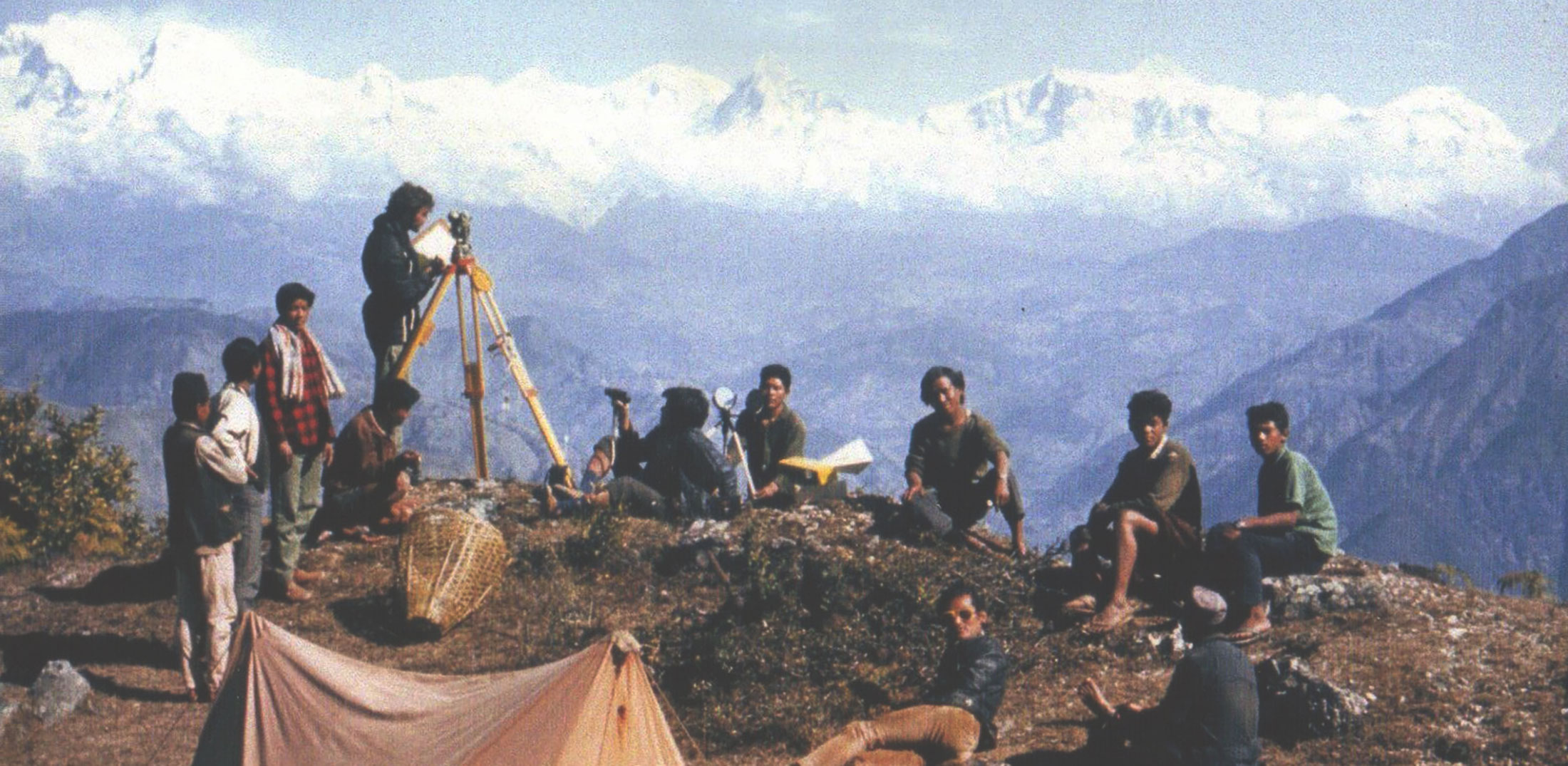 Surveying from Cooma to Nepal and beyond
Surveying from Cooma to Nepal and beyond
With 55 years’ experience as a surveyor, I’ve worked on hydropower projects for SMEC across Australia, Southeast Asia and Africa. It was a long way from where I grew up on a dairy farm in Gippsland, Victoria.
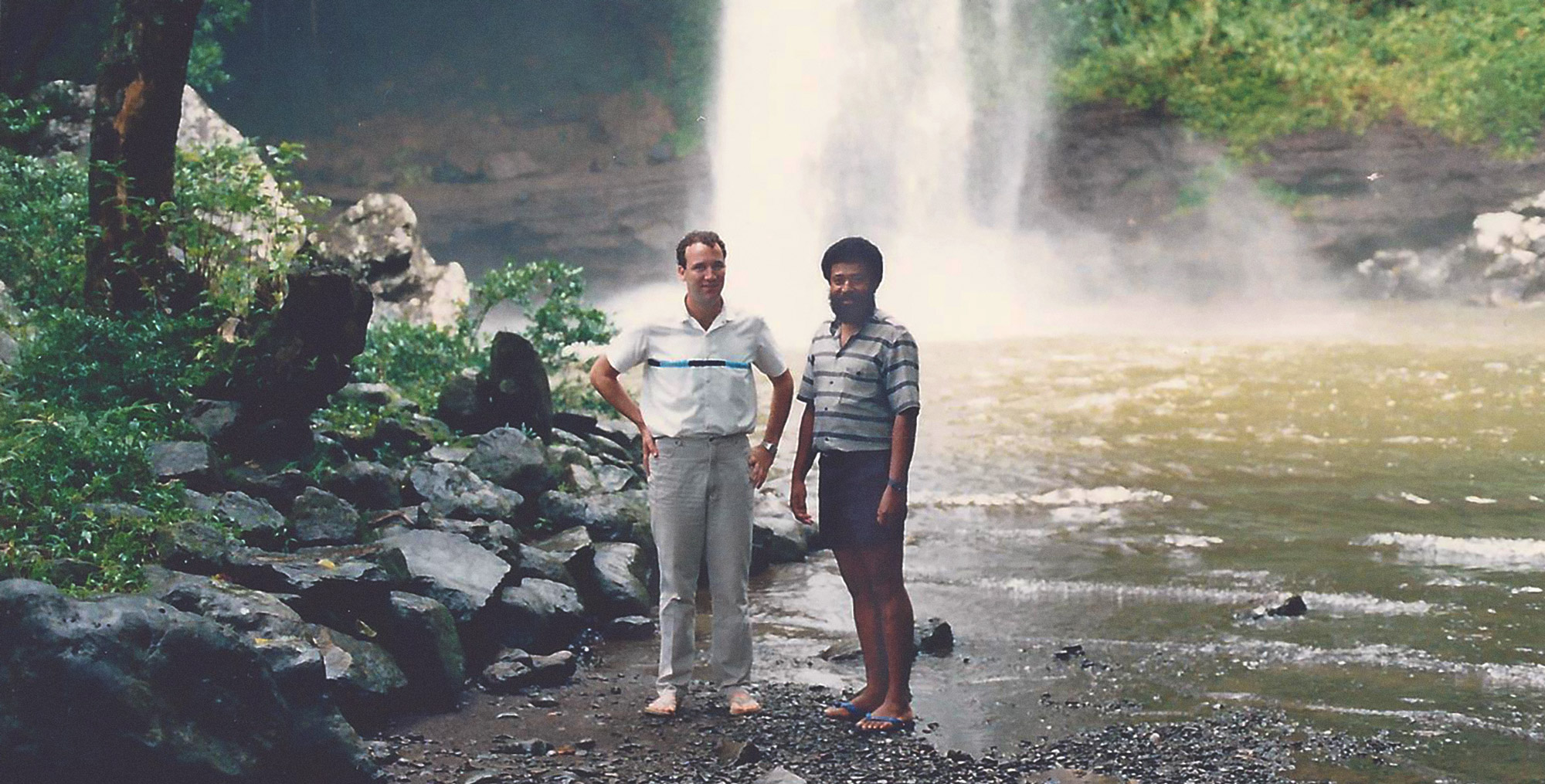 From cadet to principal engineer
From cadet to principal engineer
Some of you reading this might not remember the days when you looked for a job in the newspaper classifieds. But that’s what led me to SMEC in 1983 as a cadet, half way through my degree at the University of Tasmania.
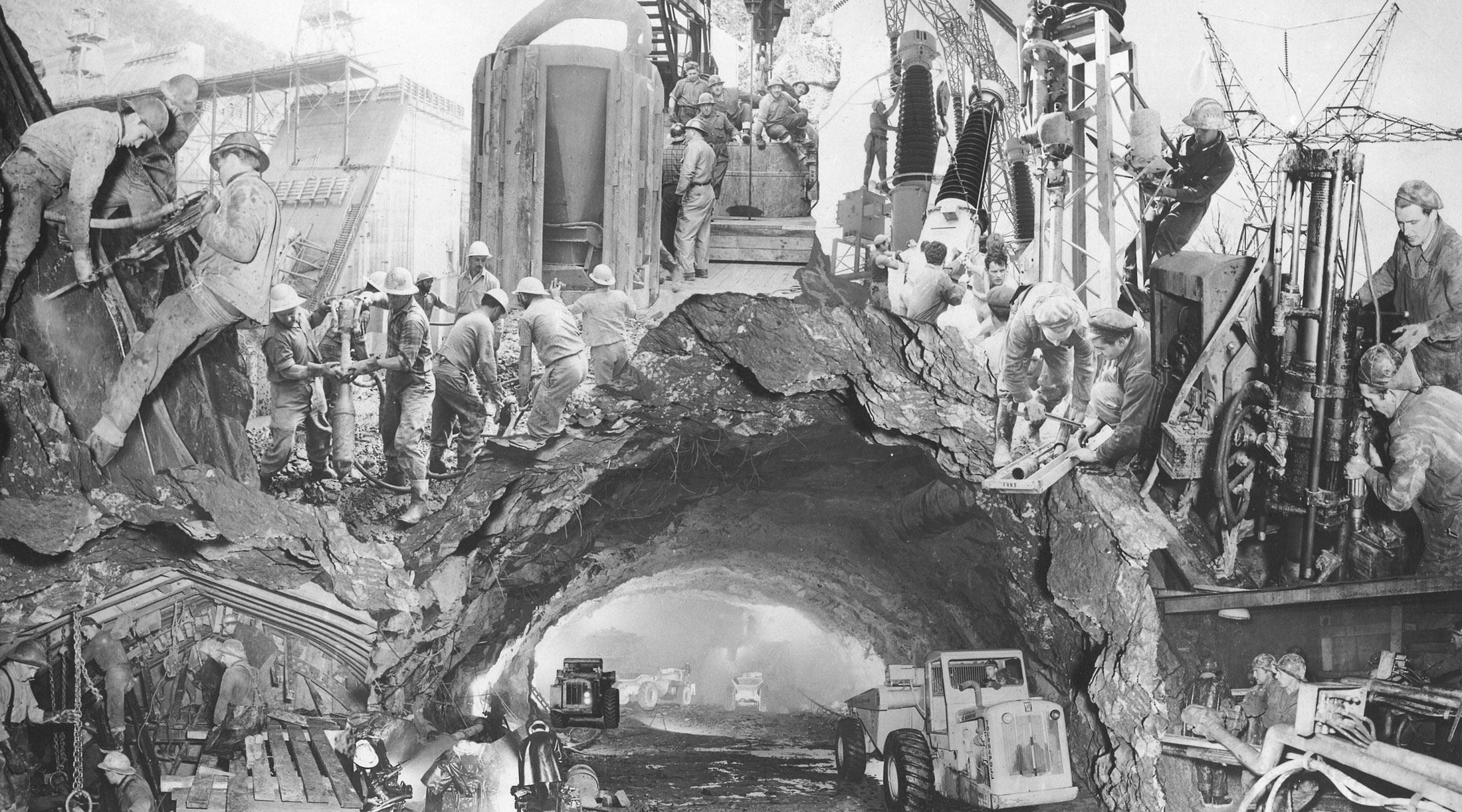 Snowy Hydro comes full circle for Trevor Ferris
Snowy Hydro comes full circle for Trevor Ferris
Trevor Ferris knows better than most what it means to come full circle. He is currently employed with SMEC as Technical Principal, Road Design and is actively involved in the expansion of the iconic Snowy Mountains Hydroelectric Scheme, also known as Snowy 2.0.




